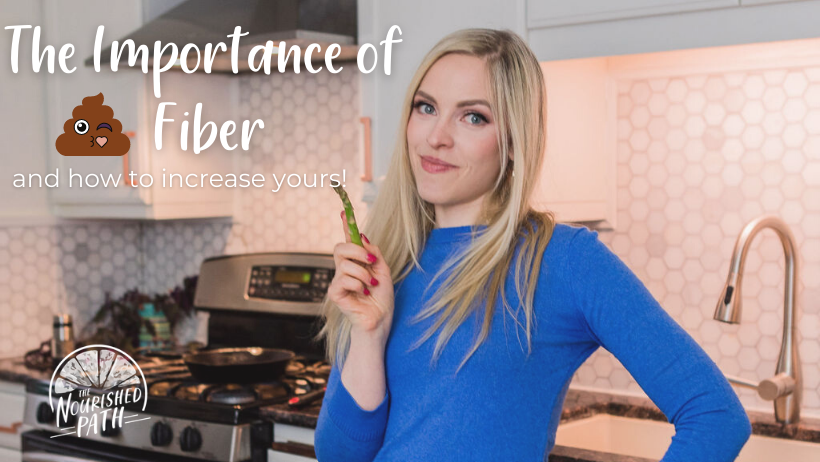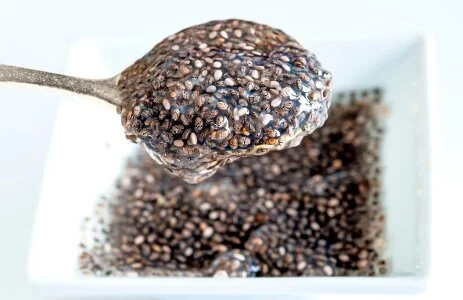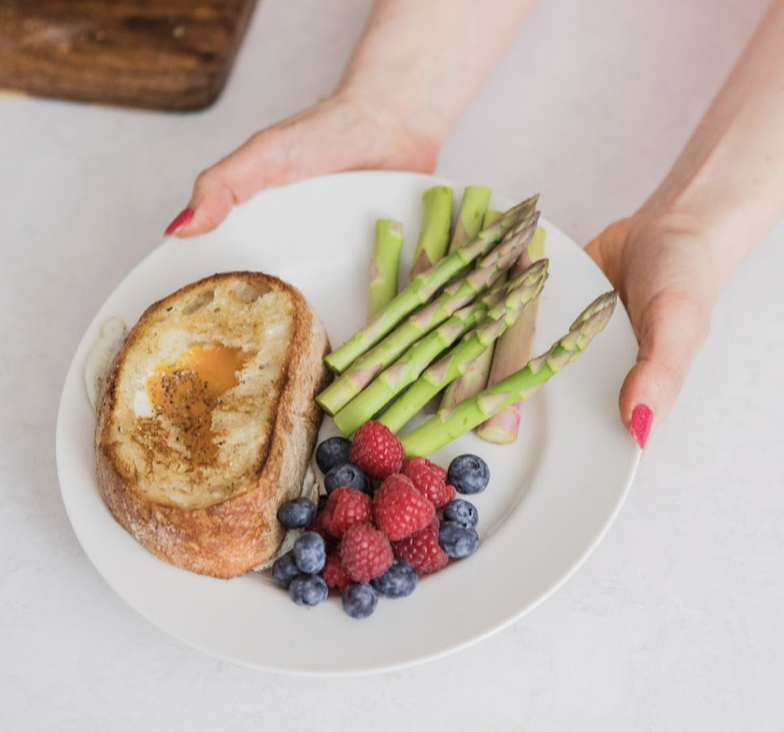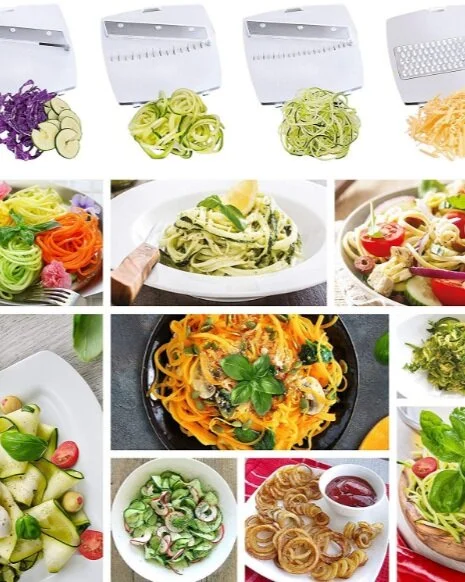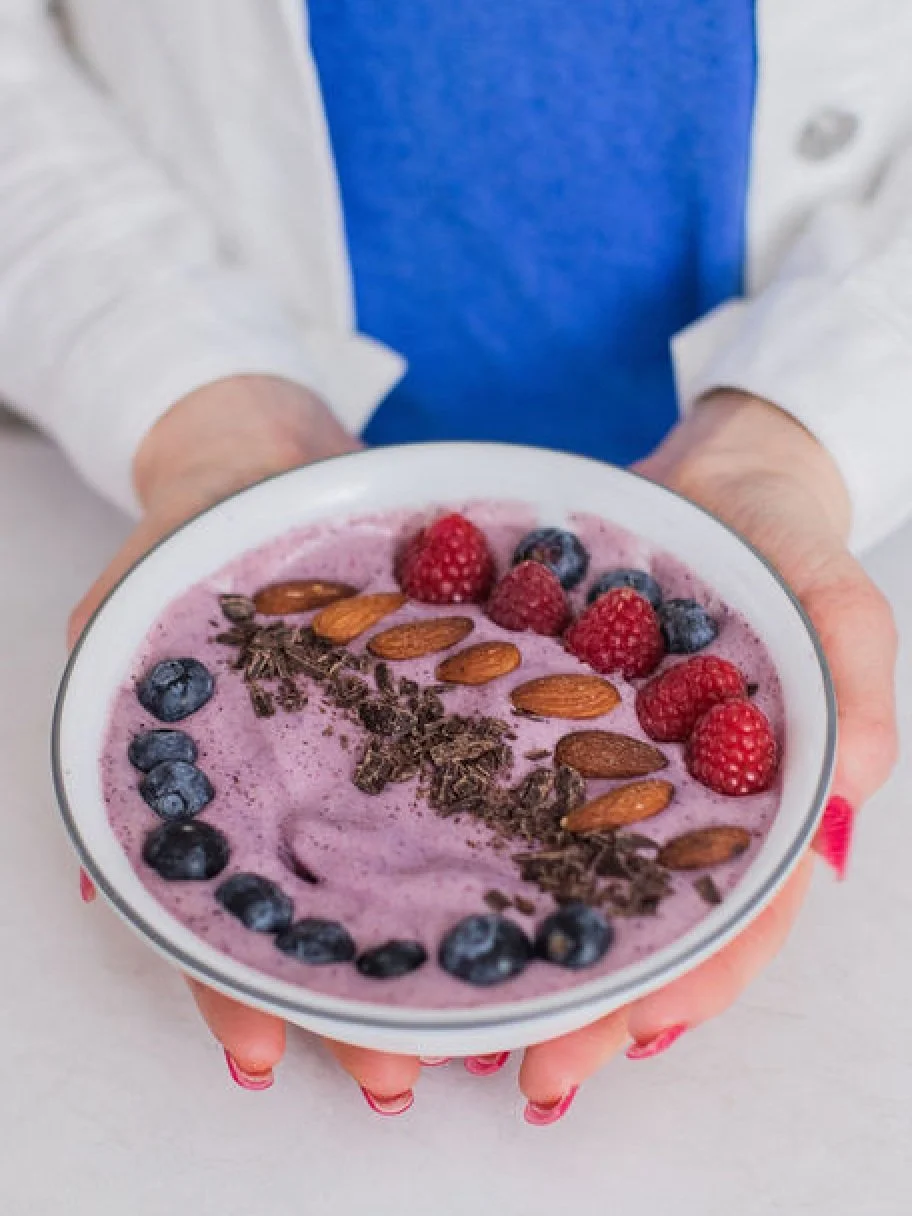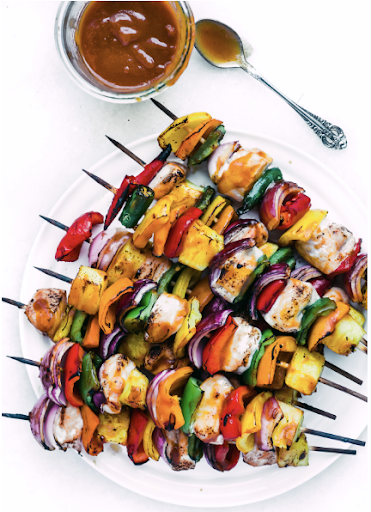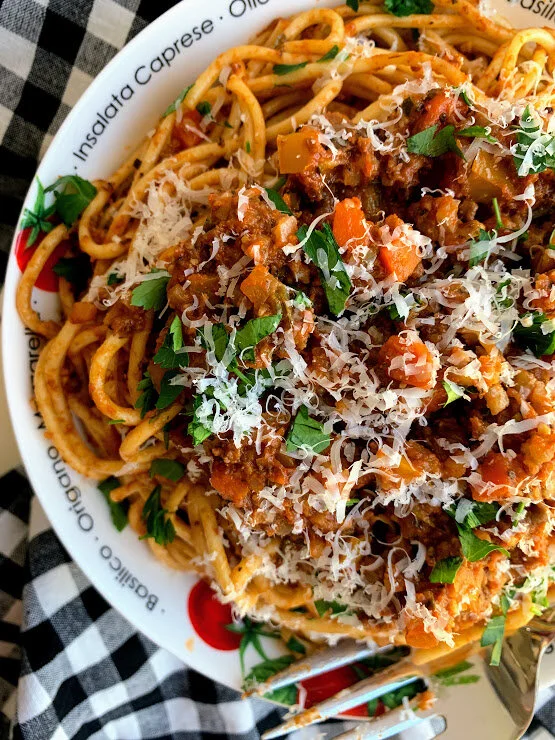The Secret to Better Health and Digestion
We all know we’re supposed to have it, but what exactly is fiber and how does it affect your body?
Dietary fiber is a complex form of carb that has many benefits essential to overall health. While the most common reason you are told to take fiber is to help alleviate digestive issues like constipation and keep poops regular, studies show fiber helps prevent illnesses such as diabetes, heart disease and different cancers. Fiber is absolutely essential for the health of the digestive system. It also helps regulate blood sugar levels as well as lowers cholesterol levels.
The more fiber you have, the less likely you are to have obesity, type two diabetes, cancer, or cardiovascular disease. As always, consult with your doctor or RD before drastically changing your diet, especially if you have any digestion medical conditions
There are two types of fiber; soluble fiber and insoluble fiber. They are differentiated by their structure and the role they play in your body.
Soluble fiber creates sticky, jelly-like substances in your body. It is soluble in water (it combines with water) and helps to slow digestion, keeping you full and regulating blood sugar. Soluble fiber helps lower blood cholesterol levels too, which is great for your heart!
Soaked chia seeds provide a great visual of soluble fiber. The gelling action that you see here is what binds things together, helping your body move it along to the exit.
Insoluble fiber does not combine with water. That means it helps bulk up stool volume and aids in a healthy digestive system. Insoluble fibers are found in the cell walls of plants, so vegetables are a great bet when trying to up your insoluble fiber intake. Insoluble fiber is also found in whole grains.
Generally, plants will have BOTH kinds of fiber in them, and both are vital to gut health. Generally, fiber supplements do not provide all the benefits of getting your fiber from whole foods. If you must get fiber from supplements, the best is powdered psyllium husk (not caps).
A good guideline for fiber intake is around 14 grams per 1,000 calories. If you focus on consuming fiber through mostly whole foods you will naturally find a great balance. High-fiber foods also tend to be chock-full of micronutrients (think vitamins and minerals).
Some foods like juice, white rice, quick oats, etc. have had their fiber removed. This is one reason why whole foods are best. You'll be pleased to know that avocado on whole wheat toast will have lots of fiber! Especially if you sprinkle it with a little chia or flax seed!
My fav high fiber foods:
Apples
Lentils
Beans
Broccoli
Sprouts
Asparagus
Spinach
Pears
Whole grains (steal cut oats, whole wheat pasta, whole wheat bread)
Nuts and Seeds
Prunes
Powdered peanut butter
Chia seeds
Salsa
Sweet potato
Avocado
Raspberries
Blackberries
Strawberries
Blueberries
Carrots
The list goes on and on! Any whole plant will have great fiber.
The breakfast in the photo has about 9g of fiber.
Creative Ways to add fiber!
Veggies in Place of Grains:
Try replacing grains with vegetables. They will soak up all the flavors of whatever you’re serving them with (and you get to eat more carbs elsewhere)! This trend is so popular that you can buy vegetables precut and prepared for the sole purpose of replacing grains, although it can be a bit pricy. Get yourself a vegetable spiralizer to make your own.
To make cauliflower rice, use a food processor until you get little chunks that are the size of rice
Quick swaps:
Zoodles (zucchini noodles)
cauliflower rice instead of rice
spaghetti squash instead of spaghetti
lettuce leaf tacos instead of tortillas
crisp bell peppers for nachos instead of chips
2. Blend Them!
Smoothies and smoothie bowls are all the rage, and for good reason. They are a fun and tasty way to literally eat an entire bowl of fiber.
Make them yourself instead of overpaying at a smoothie shop – you could get a great Instagram worthy photo out of it! But that way you will also have much more control knowing exactly what’s in it so you can better manage the amount of sugar and calories to align with whatever your personal health goals are.
Try freezing your fruits and veggies. Green apple, kiwi, blueberries, a fistful of spinach and cucumber and then blend them into your desired consistency. Frozen fruit and vegetables (vs fresh) work best for consistency. This is also a great way to save produce that might go bad before you can use it. You can add protein powder, too!
But please don't juice your veggies. Most of the nutrients lie in the skin and pulp that is removed - that's where all the fiber is too!
Check out my protein shake recipes!
3. Make Skewers!
Cut meat and vegetables up to place them on a skewer. A great tip to make sure you’re getting enough veggies is for every chunk of meat, slide 2 - 4 vegetables on.
Don’t forget to season well! You can marinate the meat in a sauce before cooking. Low sodium soy sauce or a simple drizzle of lemon and garlic works well. You can also skip the marinating and go straight to the dry seasonings too. I love sprinkling skewers with a simple blend of garlic, paprika, salt and pepper or you can use your own favorite seasoning blend.
4. Add to a Sauce!
I love to add cooked butternut squash to a jar of alfredo sauce to make a lovely creamy butternut squash sauce! This is perfect for fall or winter when we’re craving heavier, more filling meals.
Another great one is to chop zucchini, carrots, and/or eggplant in a food processor and add to any ground meat sauce. The chunks of vegetables and meat will be about the same size and hide in the sauce!
If you liked these ideas, check out my other fiber blogposts on adding nutrition to your desserts and hiding them in lunch or dinner recipes
